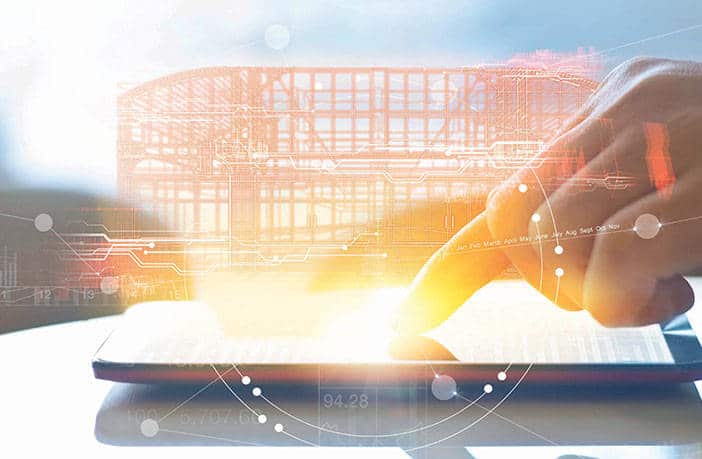How does 3PL design the warehouse 4.0?
Big data analytics, robotics, automation … logistics draws on Industry 4.0 the keys to its evolutions including its main working tool: the warehouse. While 3PL can neither…
On April 18, 2018

Big data analytics, robotics, automation … logistics draws on Industry 4.0 the keys to its evolutions including its main working tool: the warehouse. While 3PL can neither…
On April 18, 2018
Big data analytics, robotics, automation … logistics draws on Industry 4.0 the keys to its evolutions including its main working tool: the warehouse. While 3PL can neither anticipate nor control the strategies of its clients, they must take on the challenges of manufacturers and retailers’ digital transformation. Undergoing the digital transformation, they are on the lookout for innovations and disruptive models – automation and even robotics on the front line. Today, manufacturers are ready to accept any form of pooling generating supply chain costs optimisation. And for retailers, as they have transformed their storage space into a sales area, their supply chain has to move faster. More efficient and ultra-flexible, the warehouse of the future must adapt to the intensification of flows and offer smart 4.0 solutions.
But what does “designing 4.0 solutions” mean? Shave everything, redraw plans and start from scratch? Absolutely not! The key is to provide flexible and interconnected sites that can evolve as needed. Today, there is a trend: the establishment of national or international network of XXL warehouses (100 to 140 000 m²) supported by a network of smaller regional warehouses oscillating between 10 and 40 000 m². In addition to the territorial coverage, three areas of reflection drive the sector: eco-design, the acceleration of physical flows and the integration of new technologies.
Having in mind that the supply chain is just at the begging of a flow of future transformations, controlling and reducing costs is crucial for developing models that facilitate the structural makeover of the warehouses. Floors must be designed to support and adapt to potentially automated installations or additional AGVs. LED lighting uses less energy than old-style lighting but we keep equivalent electric power. The aim: to cover all energy requirements, even if technical tools are added (robots, new sorters, automation tools…)”. Surface areas have to be expandable and racks extended or shortened according to the potential mechanisation.
In order to optimise flows, the whole loading bay needs to be redesigned. And it doesn’t include any adaptation to upcoming technologies that may be necessary (IOT) and that will continue to advance at top speed! Finally, the logistics warehouse of tomorrow is a futuristic concept that leads to two different strategies.
On the one hand, large and totally automated buildings with minimum service and the potential for remote management; simple warehousing space with no added value from the provider. And on the other hand, high-performance warehouses with a lot of equipment, providing optimised co-packing zones, pooled resources and space and pallet preparation customised according to the needs of retailers. The key word is “soft automation”! This last part is clearly the choice of FM Logistic: a warehouse of the future that meets the needs of the customers with a maximum of added value, intelligence and flexibility.
The challenges of the logistics services providers are tangible as any strategy must deal with existing warehouse models. This is particularly the case in Western Europe where logisticians have been established for a long time. The situation is also very different according to the stakeholders’ organisation. If they own the walls, what is uncommon in the industry, logistics services providers control their investments and can make the equipment evolve according to their activities and clients’ requirements. If they are tenants, they have to deal with buildings that are not designed for flows optimisation. Another significant parameter to take into account: the contract length between the 3PL and their clients.
In France, it is a 3-year contract on average when the return on investment of robotics and automation technologies requires five years minimum. In Germany, in the Netherlands and in Northern European countries contracts are usually established for 10 or 12 years. It opens the way for heavier investments, in particular, the creation of super high-capacity super stackers cranes (35 to 40 meters high). Often self-supporting and automated, they are capable of managing a considerable number of pallets on a smaller ground surface area. ROI for this system is 12 to 15 years. ”In Southern European countries, the low cost of property and the lack of backing makes this type of solution less popular for service providers”, points out Nicolas Gellé, associate director of Argon Consulting. “However, some customers are prepared to lengthen their contracts to allow logistics services providers to ensure ROI.”
How can we help you ?
Fill in the form